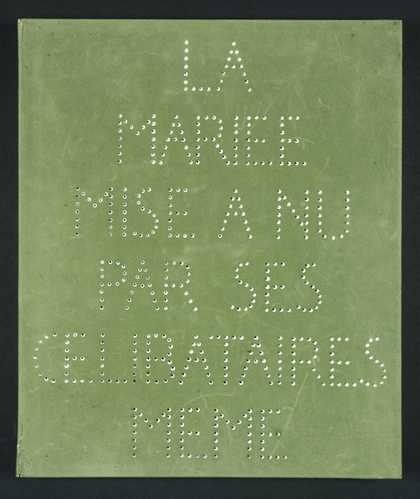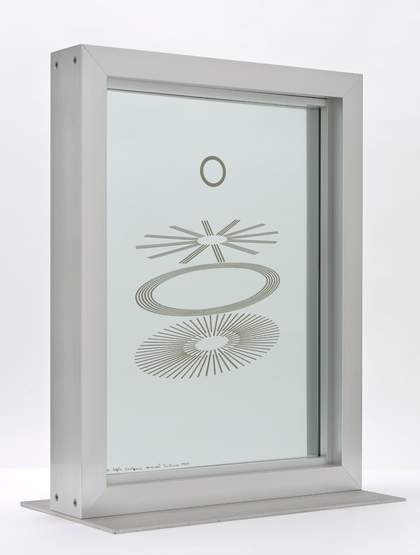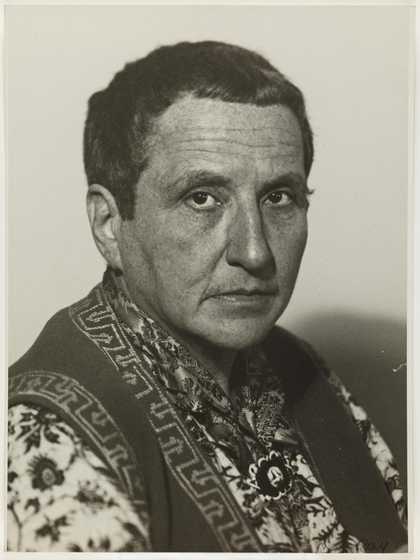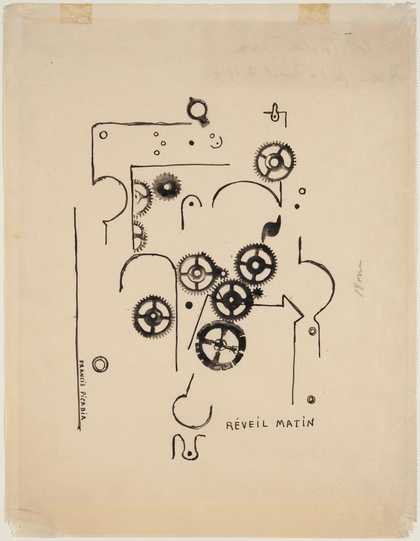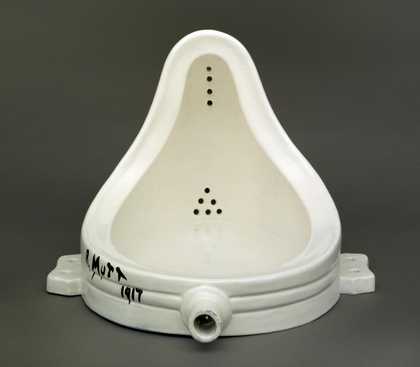This revelatory exhibition brings together three of the greatest figures of twentieth-century art: Marcel Duchamp, the father of Conceptual art and creator of the readymade; Man Ray, an artist who produced some of the most celebrated photographs of the modern era; and Francis Picabia, a flamboyant French painter famous for defying the conventions of ‘good taste’.
Duchamp, Man Ray and Picabia were the leading figures in the New York Dada movement, rebelling against the norms of traditional art. They became friends and, as the exhibition shows, their friendship influenced the direction of their lives and their art. A powerful intellectual chemistry allowed them to respond freely to each other’s ideas in an artistic dialogue filled with in-jokes and innuendos.
Focusing on periods of collaboration and highlighting their common interests, Duchamp, Man Ray, Picabia explores the intriguing connections between these three pioneering figures. This major exhibition includes many icons of modern art. It features Duchamp's Nude Descending a Staircase (No 2) 1912, which caused a furore when displayed in New York, his famous Fountain 1917, and a parody of the Mona Lisa, L.H.O.O.Q. 1919. Also included are Man Ray’s innovative experiments with the camera, such as his Rayographs and early films, as well as Picabia’s early abstract paintings and late erotic nudes.

